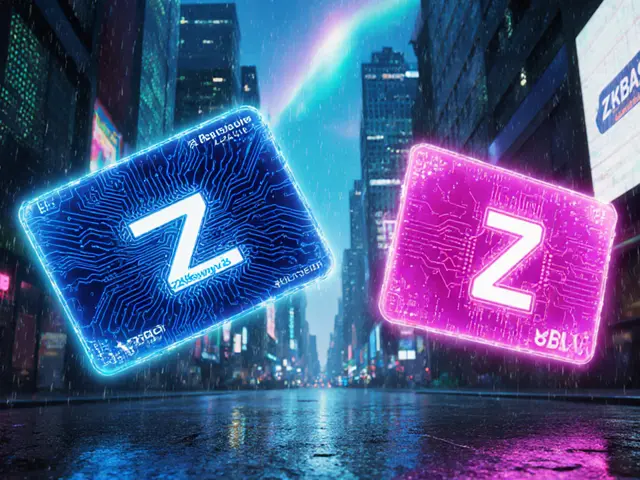
Blockchain Security: Protecting Your Crypto Assets
When working with blockchain security, you’re dealing with blockchain security, the set of techniques that keep distributed ledgers safe from hacks, fraud, and regulatory risk. Also known as crypto security, it blends cryptography, network design, and compliance practices.
Key pillars include self‑sovereign identity, a decentralized way for users to own and control their digital IDs using DIDs and verifiable credentials, mempool priority, the fee‑based ordering system that decides which transactions get confirmed first on a blockchain and the EU Travel Rule, a zero‑threshold regulation that forces crypto service providers to share sender and receiver data for cross‑border transfers. These concepts together form a security stack: blockchain security encompasses self‑sovereign identity, mempool priority influences transaction confirmation, and the EU Travel Rule regulates cross‑border crypto flows.
Why It All Matters
Without strong identity controls, attackers can spoof users and drain funds. Without proper mempool management, you may pay excess fees or suffer delays during network congestion. And ignoring the EU Travel Rule can land platforms in hefty fines and shut‑downs. Recent posts on DeFi Freak dive into each of these layers – from real‑world SSI deployments to practical mempool fee‑saving tips and step‑by‑step compliance checklists for the Travel Rule.
Below you’ll find guides, analyses, and safety checklists that walk you through each of these topics, giving you actionable insight to boost the security of your crypto activities.




